Description
Introducing the TMA3000MK2 DSP Power Amplifier, this second generation amplifier builds on the base of the proven MK1 with the added features of a 32bit Analog Devices SigmaDSP with Bluetooth connection for configuration and a new front panel design featuring new controls/OLED display and a removable panel for easy filter cleaning.
Features:
Power (RMS):
8 Ω: 1050 Watt, 4 Ω: 1800 Watt, 2 Ω: 2500 Watt
• High efficiency Class-D 2 channel amplifier module
• Compact 2 unit 19” rack-mountable chassis
• Modular construction for ease of service, all modules can be removed for service via the front panel and the chassis can be left connected in the rack
• Clear OLED display indicating:
– Presence of speakers
– Overloaded outputs
– Temperature of power supply and amplifier
– VU meter output
– Fan speed
• Front panel leds around rotary encoder wheel give a quick visual indication of signal and clipping
• Simple front panel rotary encoder/push button control is all that is needed to navigate menus
• Built-in 32-bit Analog Devices Sigma-DSP configured by Bluetooth connection
• Web-App allows the user to change the following settings on each channel- (Web-app requires Google Chrome browser running on an android or windows operating system, with Bluetooth compatibility)
–Filter type: HP/LP/FR
-Phase
-Crossover Frequency
-Channel gain
-Display DSP output or Amplifier output
-Input selection for each channel: A,B, A+B (Mono sum)
-Startup type on power: Standby or Switch on
• Inrush current limiter
• Short-circuit, overload, and temperature protection
• Fans with variable speed for quiet performance
• Removable Fan grille to allow filter cleaning
• Balanced XLR inputs and pass-thru,
• RJ45 Balanced Line connection for direct connection of PA300BT
• Unbalanced phono input and pass-thru
• 2x Neutrik Speakon outputs per channel
• Neutrik PowerCon power input

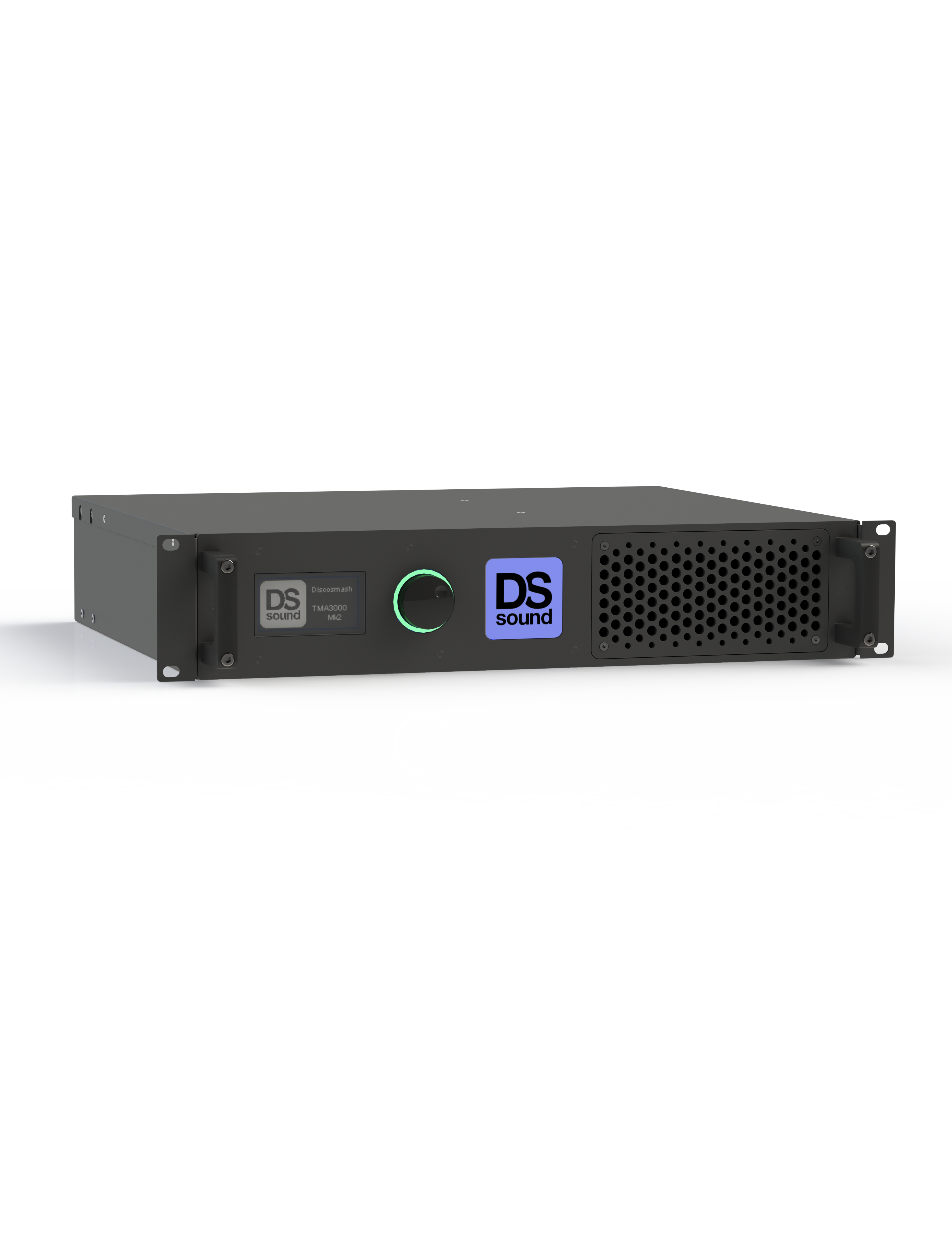
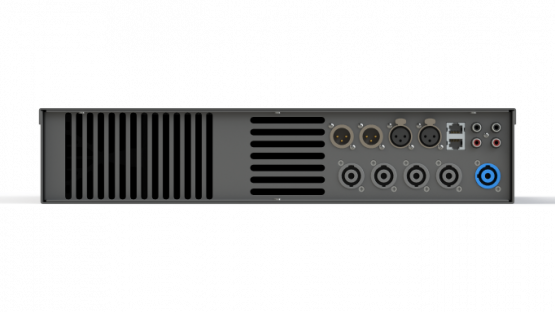
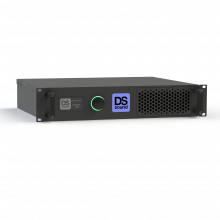
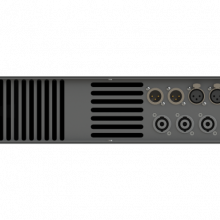
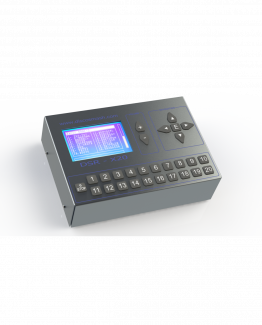
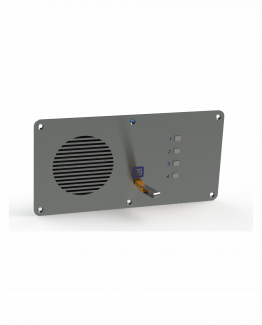
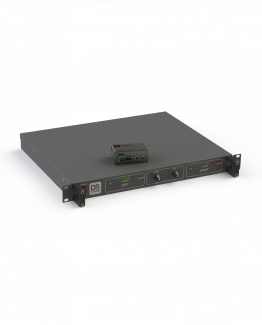
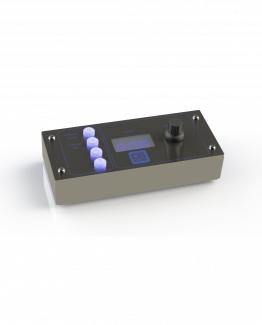
Reviews
There are no reviews yet.